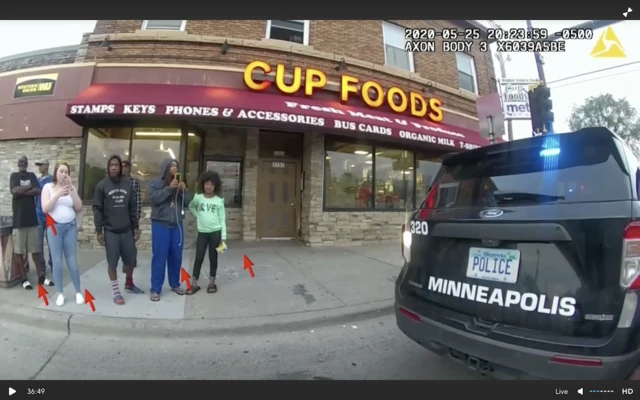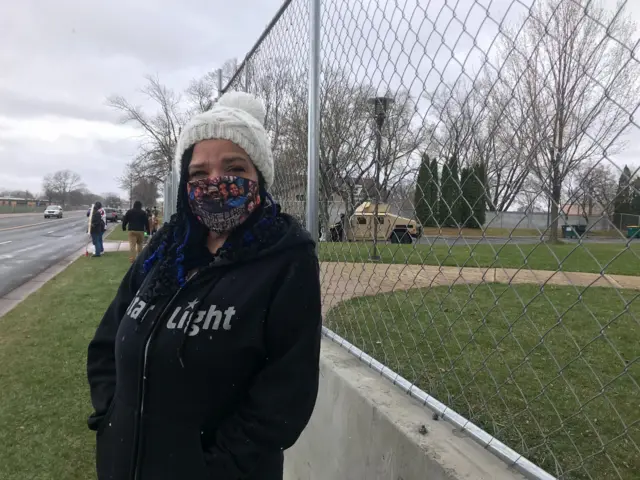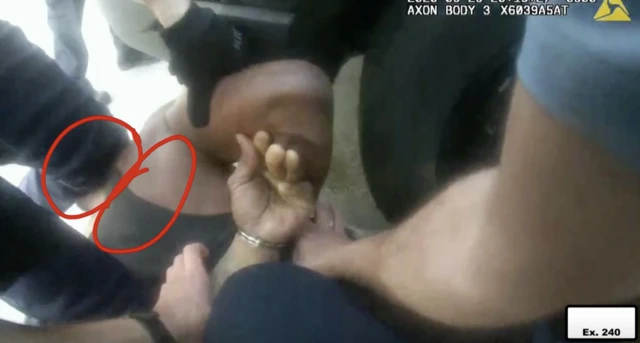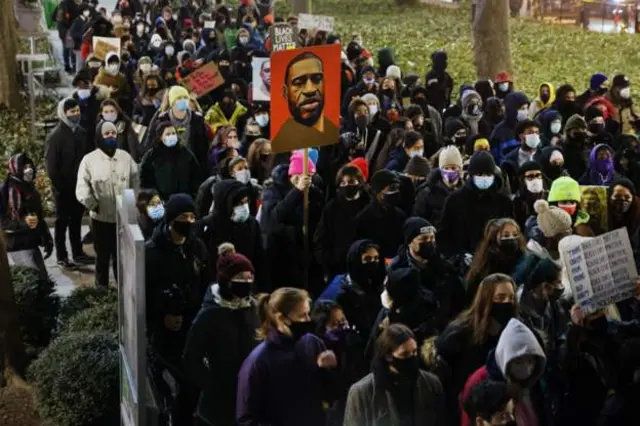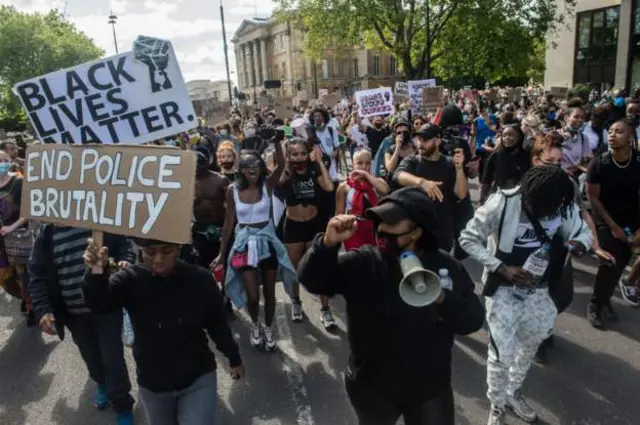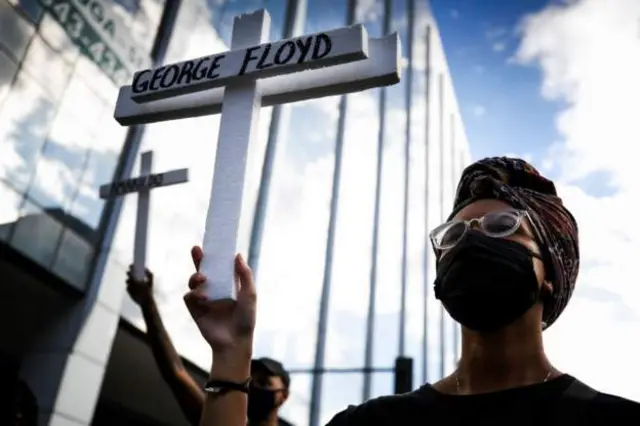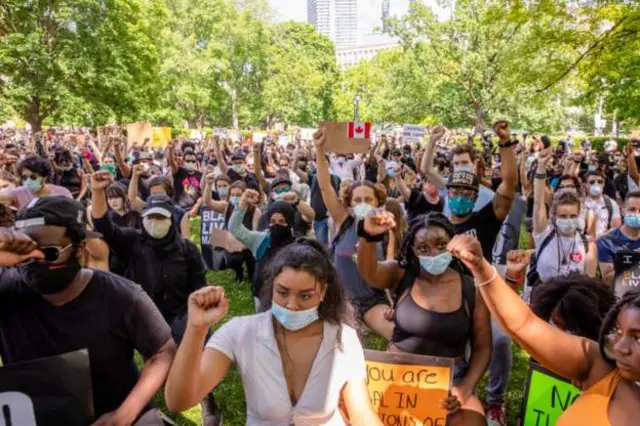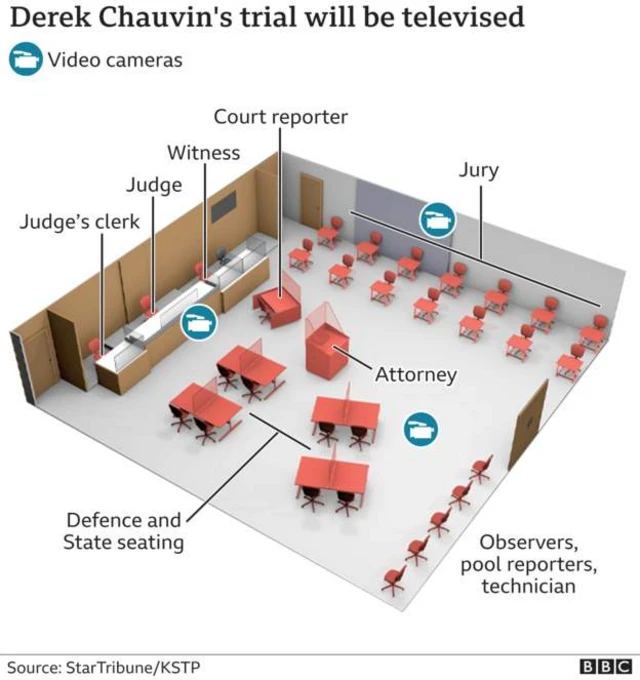President Biden addresses a 'pretty painful week'published at 22:21 BST 13 April 2021
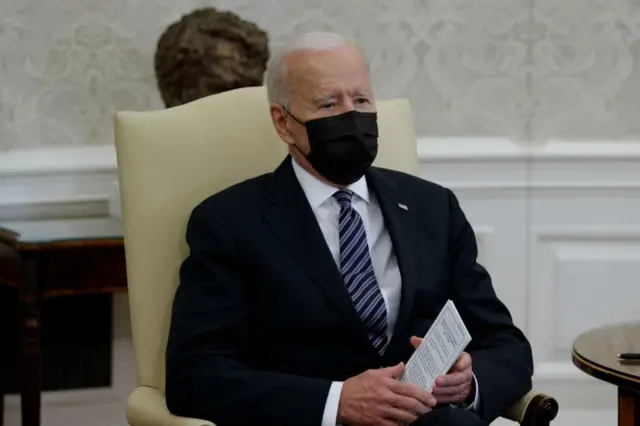 Image source, Reuters
Image source, ReutersPresident Biden spoke to black members of Congress at the White House
US President Joe Biden has called this a "pretty painful week", referencing the ongoing Chauvin trial as well as the fatal shooting of Daunte Wright near Minneapolis.
He spoke about the tumultuous events in Minnesota during a meeting with members of the Congressional Black Caucus at the White House.
"Daunte Wright in Minnesota, that godawful shooting resulting in his death in the midst of an ongoing over the killing of George Floyd," Biden remarked.
The president also said there was a need for racial equality, which his government would seek to achieve.
"But we’re in the business - all of us meeting today - to deliver some real change," Biden said.
